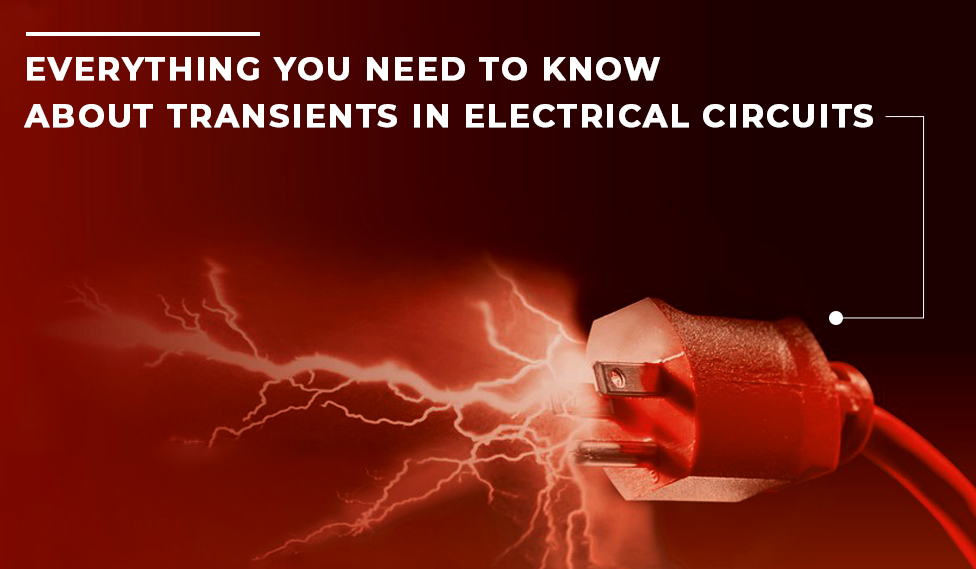
A transient state is experienced by the voltage and current in an electrical circuit when switching occurs before steady-state conditions are reached. Immediately following the switching action, transients in electrical circuits last for a brief period of time ranging from microseconds to milliseconds. The duration of transients depends on circuit characteristics like capacitance, inductance, and resistance.
Until a steady-state is reached, the electrical circuits’ transient voltage and current magnitudes are constantly changing quickly. The Sunstream’s PCB layout services experts are well-qualified in controlling the transient phenomena in the circuit to increase the system’s reliability. It is because an electric circuit with transients indicates instability of the system. The various forms, origins, and consequences of transients in electrical circuits will be covered in this article.
Circuit Transients in Electrical Systems:
Transients are any momentary changes in the electrical power delivered to a circuit over a brief period of time. Voltage and current are always affected by transients. Transients can affect both AC and DC circuits, and after the transient period, steady-state values are attained. Transient duration, according to ANSI standards, is approximately 1/16 times the duration of the voltage or current waveform, or about one millisecond. Current transients last for about 2 microseconds, and voltage transients typically last for 50 microseconds. Bipolar or unipolar transients may be produced in a circuit.
What Kinds of Transients Are There in Electrical Circuits?
Kinds of transients in the electrical circuits:
- Impulsive transients: According to IEEE 1159 standards, impulsive transients are abrupt transient disturbances that are unipolar and non-power frequencies which enter the electrical circuits. In electrical circuits, lightning causes transients of the impulsive type. The rise time, decay time, and spectral content of impulsive transients are distinguishing factors.
- Oscillatory transients: These transients are bipolar or bidirectional and resemble impulsive transients in some ways. Positive to negative and vice versa polarity shifts in oscillatory transients can happen quickly. The magnitude, duration, and spectral content of oscillatory transients are characteristics.
Transient Effects in Electrical Circuits:
Signal and control lines are also affected by the effects of transients, in addition to power lines. There are four different categories of transient effects:
- Intermittent Interruptions: Data loss or corruption occurs as a result of intermittent interruptions in control lines or data lines.
- Chronic degradation: When transient events repeatedly happen, the components in an electrical circuit deteriorate and perform worse, eventually leading to a circuit failure.
- Latent Failures: It is similar to chronic degradation, but the component keeps working with reduced performance.
- Catastrophic failures: Immediately, the component stops functioning.
The transients will continue to generate in any electrical system until any energy storing system like semiconductors, transformers, relays, and related elements are available within the circuit. Sunstream will assist you in implementing suitable transient suppressing techniques for your electric circuit design by our experienced PCB layout services team.



 +1.585.935.7123
+1.585.935.7123 +91-804-148-6861
+91-804-148-6861